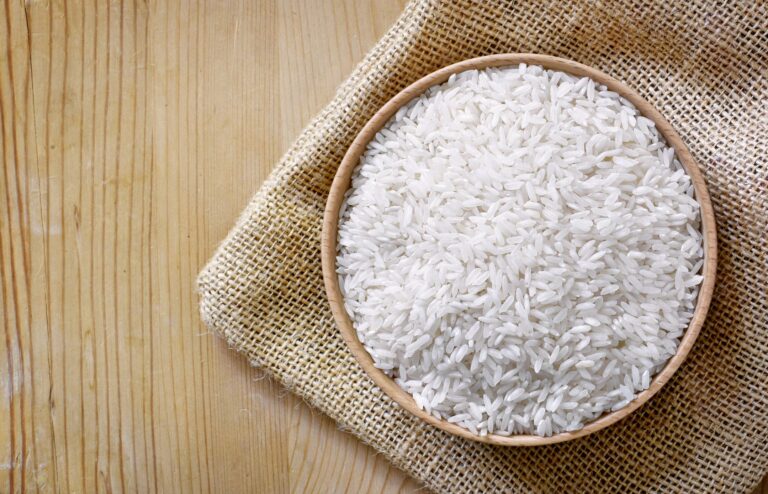Table of Contents
The modern diet is diverse, allowing for numerous alternatives catering to various dietary needs and preferences. As awareness of gluten intolerance and celiac disease has risen, there has been a surge in the popularity of gluten-free diets. Consequently, this has led to an array of gluten-free alternatives hitting supermarket shelves.
Rice, a naturally gluten-free grain, is often pitched against these alternatives. In this article, we’ll delve deep into rice and its gluten-free alternatives, ensuring you make informed health choices.
Gluten and Its Implications

Gluten is a protein found in wheat, rye, and barley. It provides elasticity to dough, allowing it to rise and maintain its shape. It’s also responsible for the chewy texture in baked goods. The dangers of rice on a gluten free diet will be explained in this article.
Why is it Avoided?
There are three main reasons:
- Celiac Disease: An autoimmune disorder where ingestion of gluten damages the small intestine.
- Wheat Allergy: An allergic reaction to proteins found in wheat.
- Non-Celiac Gluten Sensitivity: A condition where individuals experience symptoms similar to those with celiac disease but without the autoimmune response.
- Rice: The Ancient Grain
Overview
Rice, an ancient grain, has been a staple for half of the world’s population for millennia. Whether brown, white, wild, or black, rice is inherently gluten-free and versatile.
Health Benefits
Energy Source: Rice is a great source of carbohydrates, providing immediate energy.
Rich in Nutrients: Depending on the type, rice can be rich in vitamins like niacin, vitamin D, calcium, and iron.
Gut Health: Brown rice is high in fiber, which aids digestion.
Concerns with Rice Consumption

Arsenic Content: Some rice varieties, especially those grown in certain regions, can accumulate arsenic.
Refined Carbohydrates: White rice undergoes processing that removes the bran and germ, which can lead to a higher glycemic index.
Gluten-Free Alternatives to Rice
- Quinoa: A pseudo-cereal that’s protein-rich and contains all nine essential amino acids.
- Buckwheat: Despite its name, it’s not related to wheat and is rich in fiber, minerals, and antioxidants.
- Millet: A nutrient-dense grain, high in fiber, and beneficial for digestion.
- Corn: Often consumed as a vegetable but is technically a grain. It’s versatile and rich in B vitamins.
- Amaranth: An ancient grain, rich in protein and micronutrients.
- Teff: Native to Ethiopia, teff is rich in calcium, iron, and protein.
- Sorghum: Drought-resistant and packed with nutrients like B vitamins and magnesium.
Benefits of Gluten-Free Alternatives

- Nutrient Diversity: Different grains offer different nutrient profiles, ensuring a varied intake.
- Fiber: Many of these grains, like quinoa and buckwheat, are high in fiber, which is good for gut health.
- Protein Content: Quinoa and amaranth, for instance, have a higher protein content than rice.
Concerns with Gluten-Free Alternatives
- Phytic Acid: Some grains, like quinoa, contain phytic acid, which can inhibit the absorption of minerals.
- Cost: Gluten-free alternatives might be pricier than rice, depending on the region.
- Taste and Texture: New grains might require an acquired taste or might not substitute perfectly in certain dishes.
Consider Your Health Needs
- Allergies or Sensitivities: Ensure the alternative is safe from cross-contamination.
- Nutrient Requirements: If you need more fiber or protein, consider alternatives like quinoa or teff.
- Gut Health: Prioritize grains high in fiber for better digestion.

